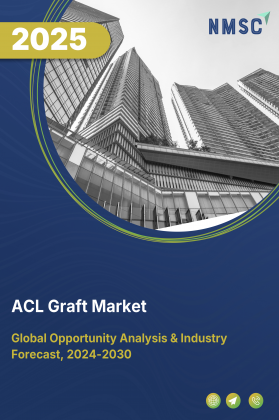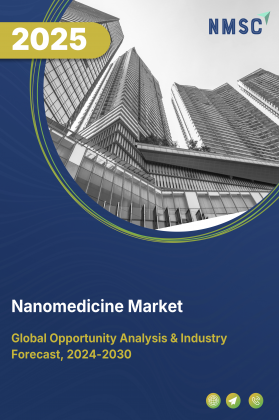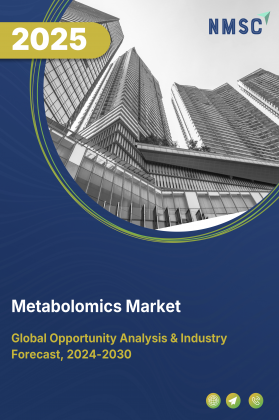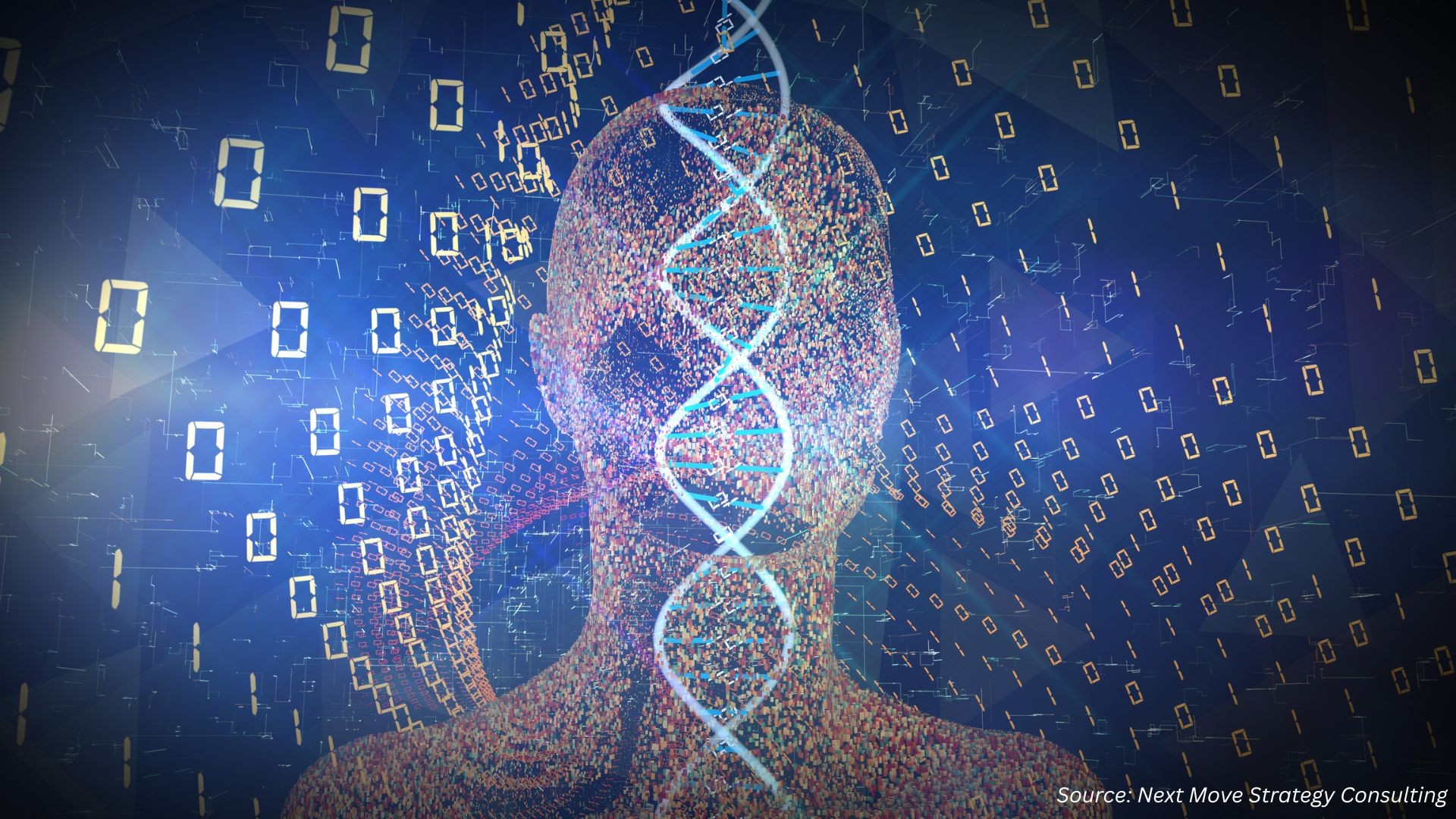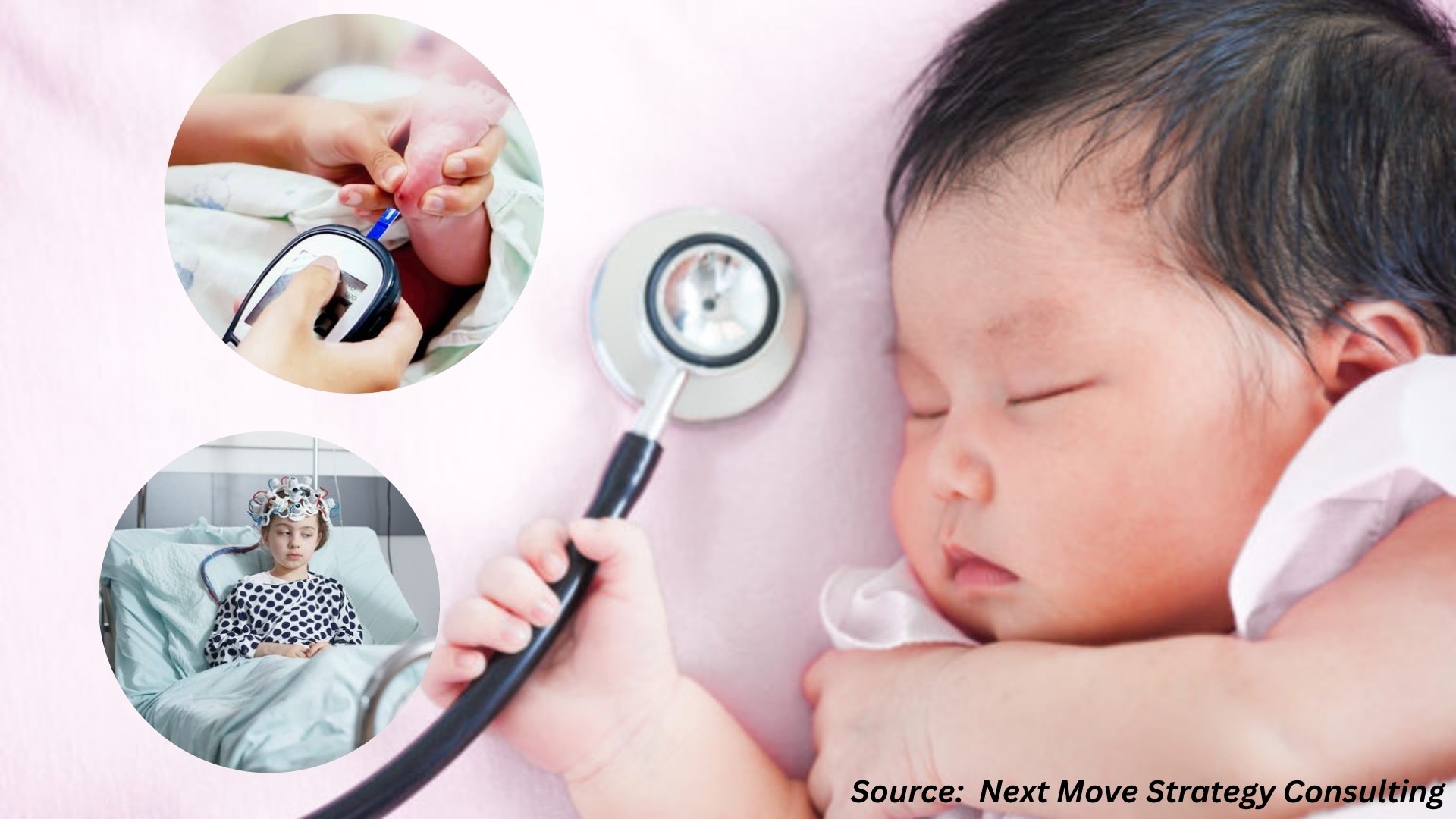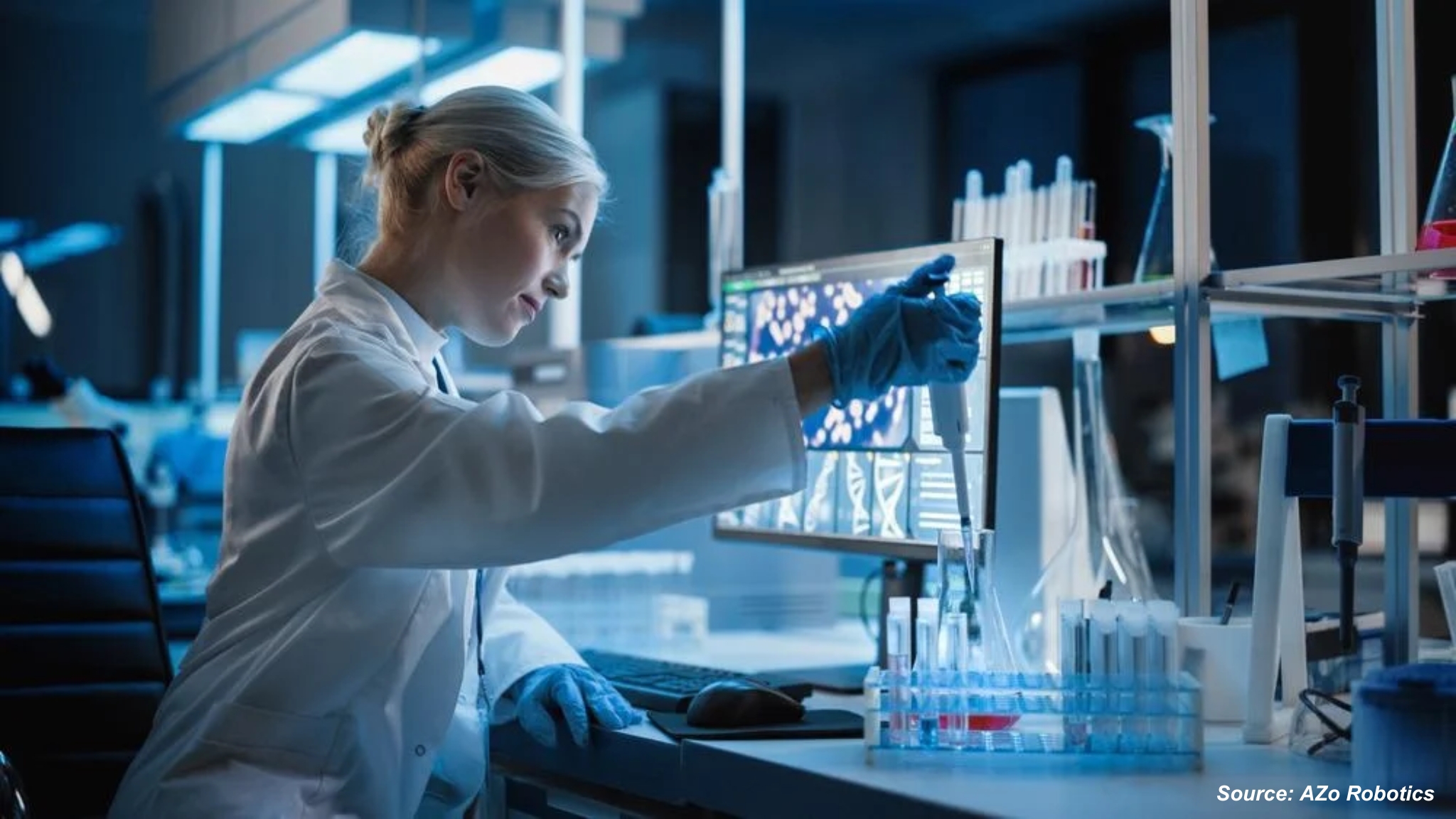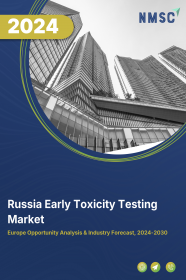
Russia Early Toxicity Testing Market by Technique (In Vivo, In Vitro and In Silico), by Toxicity Endpoint (Genotoxicity, Dermal Toxicity, Skin Toxicity, Ocular Toxicity, Phototoxicity, and Others), and by End-User (Pharmaceutical Industry, Cosmetic Industry, Chemical Industry, Food Industry, and Others) – Opportunity Analysis and Industry Forecast, 2025–2030
Industry: Healthcare | Publish Date: 22-May-2025 | No of Pages: 147 | No. of Tables: 112 | No. of Figures: 57 | Format: PDF | Report Code : HC743
Russia Early Toxicity Testing Industry Overview
The Russia Early Toxicity Testing Market size was valued at USD 28.3 million in 2024, and is predicted to reach USD 61.3 million by 2030, at a CAGR of 13.7% from 2025 to 2030.
The early toxicity testing market in Asia-Pacific is experiencing growth due to the increasing prevalence of chronic conditions and supportive government policies for healthcare innovation. These factors are raising the demand for early-stage drug testing to ensure product safety and efficacy.
However, the presence of stringent and mandatory regulatory protocols continues to pose a barrier, particularly by delaying the approval timelines for new drug candidates. On the other hand, the adoption of advanced technologies such as 3D cell culture in in-vitro models presents significant opportunities for market expansion.
Major companies including Merck KGaA, Thermo Fisher Scientific, PerkinElmer, Inc., Bio-Rad Laboratories, Inc., and Pharmstandard are actively pursuing strategic initiatives like collaborations and new product development to maintain a competitive edge.
The integration of 3D cell culture models into early testing helps reduce clinical trial risks, ensure regulatory compliance, and support the shift towards non-animal testing methods, enabling further market acceleration.
Increasing Prevalence of Chronic Conditions Fuels Market Growth
The rising incidence of chronic diseases across Asia-Pacific is a key factor driving growth in the early toxicity testing market. Chronic illnesses require prolonged treatment regimens, often involving the continuous development of new drugs.
At each development stage, these medications undergo rigorous toxicity assessments to eliminate harmful compounds. This growing focus on patient safety is increasing the demand for early-stage toxicity testing, reinforcing its critical role in supporting effective drug formulation and long-term disease management.
Supportive Government Policies Drive Russia Early Toxicity Testing Market Demand
Government initiatives to boost healthcare innovation are propelling the demand for early toxicity testing solutions in the region. Several Asia-Pacific countries are implementing policies that incentivize pharmaceutical research and development. These include funding programs, tax benefits, and regulatory support aimed at accelerating drug discovery.
Both domestic and multinational pharmaceutical companies benefit from these measures, which increases the need for reliable toxicity testing during drug development, thereby driving the Russia early toxicity testing market growth forward.
Stringent Testing Protocols Restrain the Russia Early Toxicity Testing Market Expansion
Despite supportive policies, the presence of strict and mandatory regulatory requirements continues to act as a restraint. Agencies such as the European Medicines Agency and regional equivalents require extensive preclinical and clinical safety data, leading to long approval timelines. These extended timelines can discourage smaller pharmaceutical companies from investing in comprehensive early-stage testing, limiting the adoption of advanced toxicity testing solutions and slowing market expansion.
Adoption of 3D Cell Culture Technology Creates Growth Opportunities
The integration of 3D cell culture technology in in-vitro modeling is anticipated to unlock new growth opportunities for the market. These models offer a more realistic simulation of human tissue and organ function, enhancing the accuracy of toxicity assessments.
Compared to traditional 2D models, 3D cultures better replicate the interactions of human cells, helping to identify potential safety concerns earlier in the development cycle. This approach reduces reliance on animal testing, improves compliance with evolving regulatory standards, and supports more efficient drug development processes, thereby driving market growth in the coming years.
Competitive Landscape
The promising players operating in the Russia early toxicity testing industry includes Merck KGaA, Thermo Fisher Scientific, PerkinElmer, Inc., Bio-Rad Laboratories, Inc., Pharmstandard, R-Pharm, BIOCAD, Generium, Smooth Drug Development, Nizhpharm, ICON plc, Chemrar Group, BIOCAD, R-Pharm, Geropharm, and others.
Russia Early Toxicity Testing Market Key Segments
By Technique
-
In Vivo
-
In Vitro
-
Cell Culture
-
PCR
-
ELISA
-
Western Blotting
-
Protein Binding Assays
-
-
In Silico
By Toxicity Endpoint
-
Genotoxicity
-
Dermal Toxicity
-
Skin Toxicity
-
Ocular Toxicity
-
Phototoxicity
-
Others
By End-User
-
Pharmaceutical Industry
-
Cosmetic Industry
-
Chemical Industry
-
Food Industry
-
Others
Key Players
-
Merck KGaA
-
Thermo Fisher Scientific
-
PerkinElmer, Inc.
-
Bio-Rad Laboratories, Inc.
-
Pharmstandard
-
R-Pharm
-
BIOCAD
-
Generium
-
Smooth Drug Development
-
Nizhpharm
-
ICON plc
-
Chemrar Group
-
BIOCAD
-
R-Pharm
-
Geropharm
REPORT SCOPE AND SEGMENTATION:
|
Parameters |
Details |
|
Market Size Value in 2024 |
USD 28.3 million |
|
Revenue Forecast in 2030 |
USD 61.3 million |
|
Value Growth Rate |
CAGR of 13.7% from 2025 to 2030 |
|
Analysis Period |
2024–2030 |
|
Base Year Considered |
2024 |
|
Forecast Period |
2025–2030 |
|
Market Size Estimation |
Million (USD) |
|
Growth Factors |
|
|
Companies Profiled |
15 |
|
Market Share |
Available for 10 companies |
|
Customization Scope |
Free customization (equivalent up to 80 working hours of analysts) after purchase. Addition or alteration to country, regional, and segment scope. |
|
Pricing and Purchase Options |
Avail customized purchase options to meet your exact research needs. |




















 Speak to Our Analyst
Speak to Our Analyst



